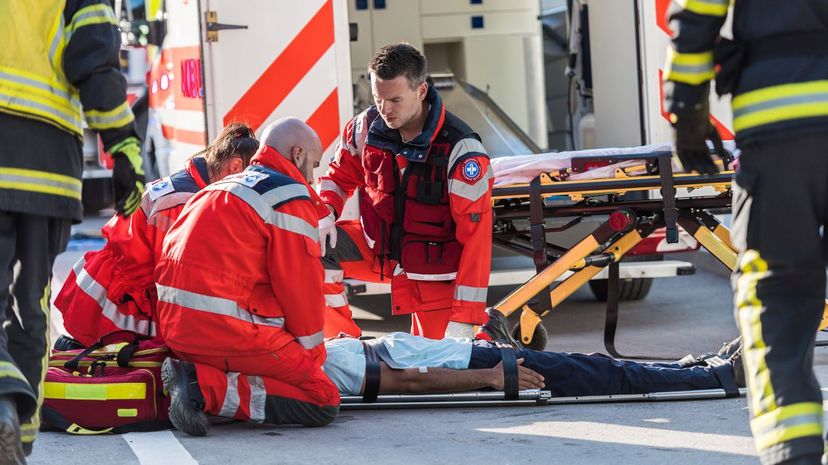
About This Quiz
An EMT (also known as an emergency medical technician) is responsible for quickly responding to a wide range of accidents or emergencies to provide first aid. This can be anything from car accidents to house fires, to major injuries and dozens of other situations. As you could imagine, this can be a very hard job, and EMTs really never know what they'll have to deal with on any given shift.Â
EMTs need to have a wide range of skills, certifications and qualifications to be able to handle these situations. But how much of what an EMT does do you know? Do you know how to successfully stabilize someone with a broken neck? How about what the signs and symptoms of a concussion are?Â
Whether you want to flex your EMT knowledge or want to further educate yourself on the topic, this quiz can help you do just that. We will look at all aspects of an EMT's job, covering their actual duties, their preparation and knowledge and even some stats related to the profession as a whole throughout the USA.
Without any further ado, put yourself in the shoes of a first responder, hop in the ambulance and get ready to test yourself against our challenging EMT quiz!Â

If an individual or victim at the scene of an accident has their skin turning blue, it normally means that they have low oxygen in their blood. It is called cyanosis and can often come about quite suddenly.
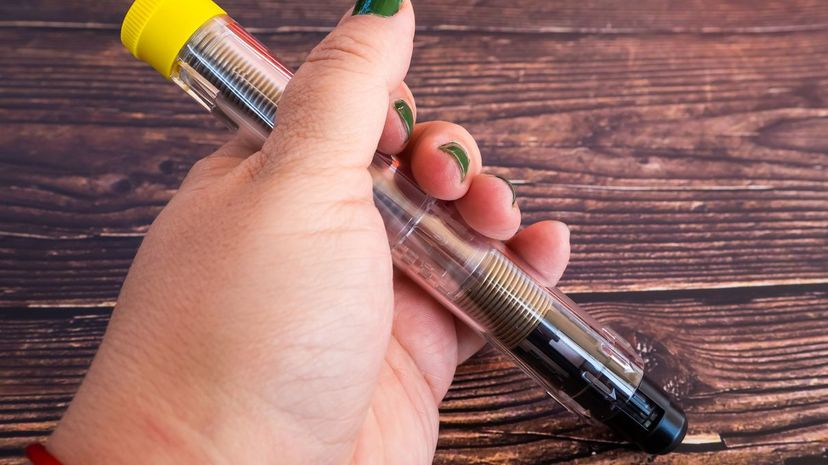
An EpiPen is something used to treat very severe and dangerous allergic reactions. An EpiPen contains a measured dose of epinephrine, which can reverse the overall symptoms of anaphylaxis.

The carotid artery is a major blood vessel that is located in the neck. It supplies blood from the heart up to our necks, face and even our brains. As a result, it is an incredibly important part of our bodies and health.
Advertisement
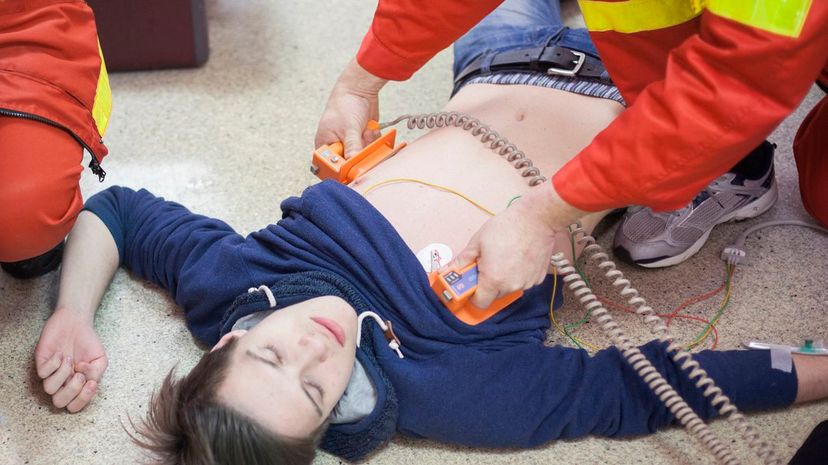
While EMTs and other professionals are supposed to get consent from the patient, if they are unconscious, and harm will come to them if they are not treated, you are permitted to treat them.
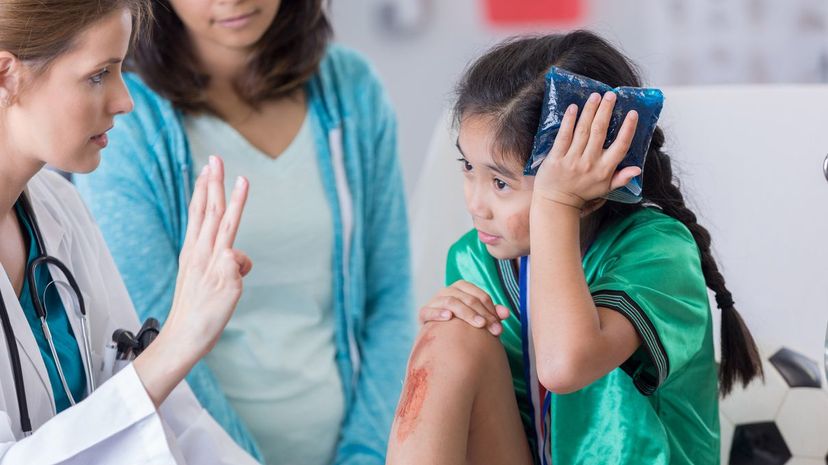
A concussion occurs when the brain suffers trauma that causes it to move or shake back and forth in rapid succession. All of the mentioned symptoms are common for concussions, except for fingers turning blue.
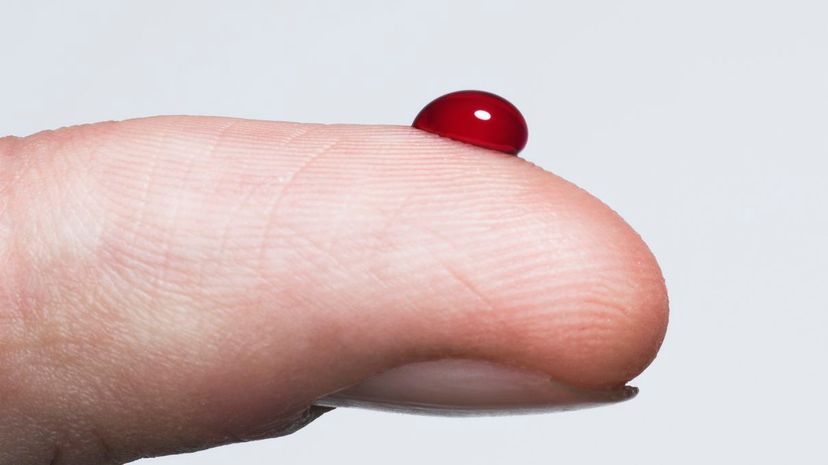
The very first and most important thing to do is to stop the bleeding. This can be done by applying direct pressure in most cases, often using a clean cloth or gauze if possible.
Advertisement
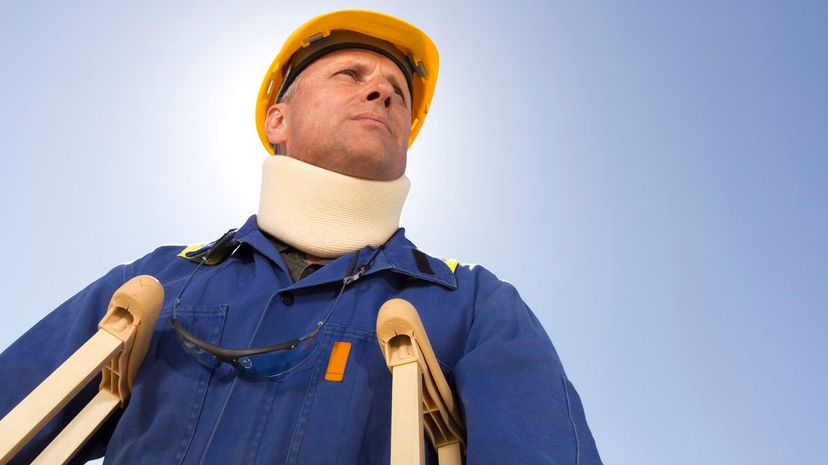
If you arrive at the scene of an accident as an EMT and notice someone may have broken their neck, it is important to keep them still and stabilize their neck. Moving them or their head and neck could lead to further injuries or issues.

A normal heart rate for an average adult is 60 to 100 beats per minute. This will vary on a number of factors such as the age of a person, their physical condition, health and much more.
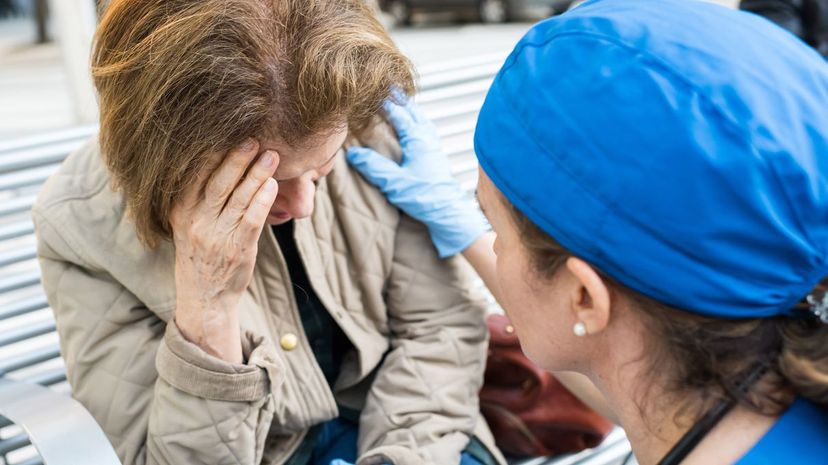
A stroke is an unfortunately common event where the brain isn't getting enough blood. The symptoms of a stroke include a drooping face, trouble speaking and numbness, but not a feeling of happiness.
Advertisement
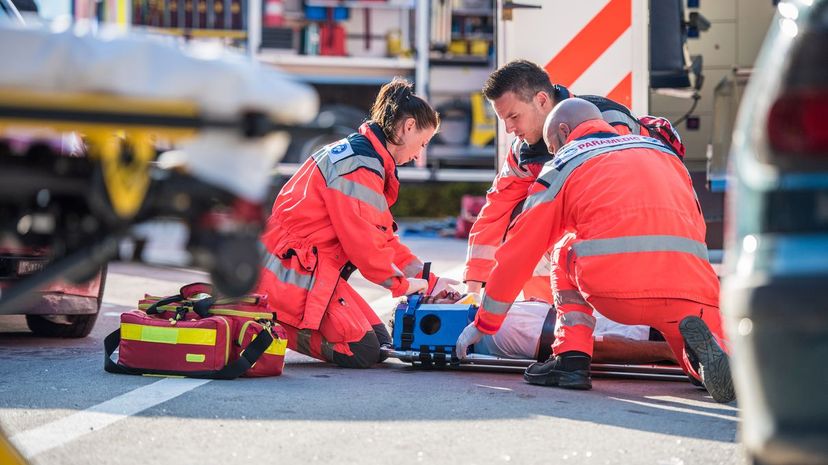
When arriving to a scene with multiple victims, EMTs will quickly assess the situation and help first those who need it most. They will prioritize those who are in the worst shape but still able to be saved and go from there.
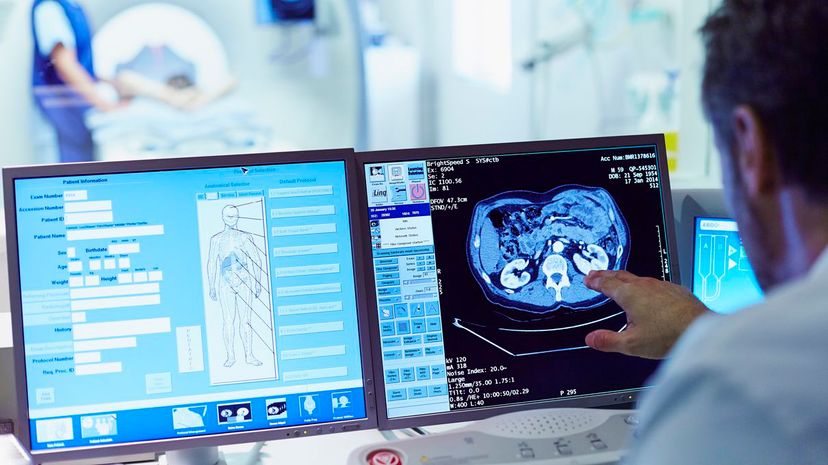
Of the provided options, the eyesight of a victim isn't a vital sign. Vital signs can help indicate the functions of the body that are necessary to stay alive. Taking these measurements can help analyze the overall health or condition of a person.

EMT training is very important to ensure everyone is on the same page and has the knowledge they need to succeed. The minimum standards are set by the NHTSA (National Highway Traffic Safety Administration).
Advertisement

There are many different places that EMTs can work including hospitals, fire departments and police stations. Any place that may deal with emergencies or dangerous situations could likely find a use for some EMTs on staff.
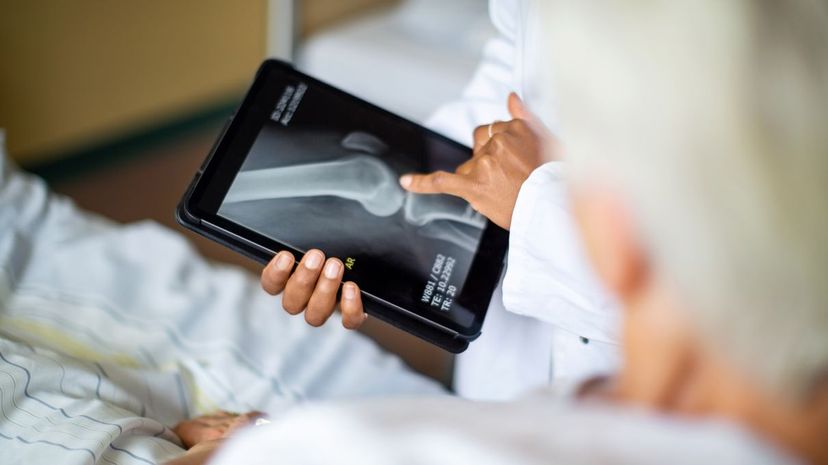
The longest bone in the human body is the femur. This bone connects your hip to your knee. In addition to being the longest, the femur is also believed to be the strongest bone in the body.
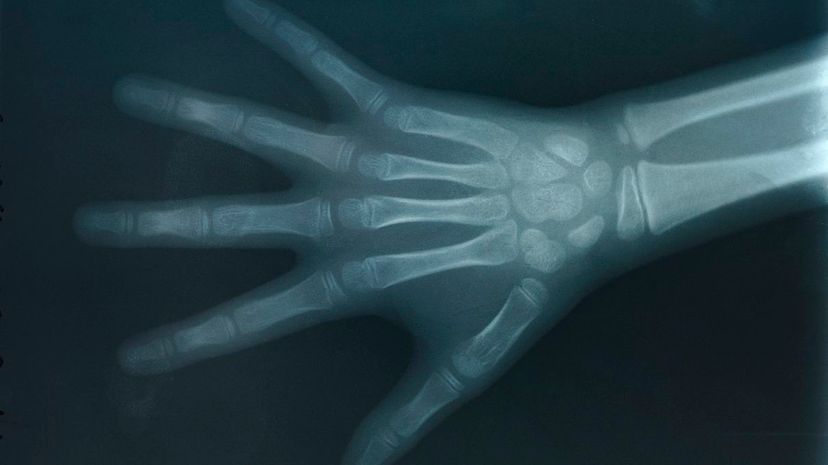
The average adult has 206 bones in their body. At birth, however, we have about 270 bones. The number decreases, as several different bones throughout our bodies begin to fuse together as we get older.
Advertisement

The endocrine system is incredibly important to our bodies for a number of different reasons. It helps produce hormones that regulate everything from our metabolism to our growth and even our mood.
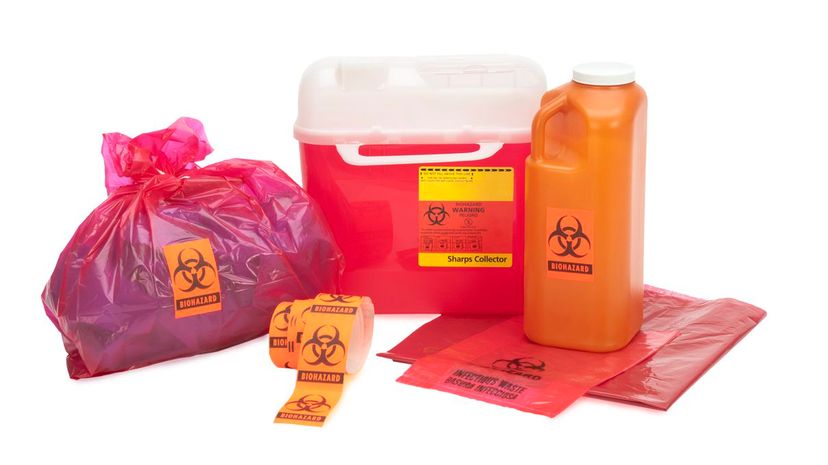
A variety of different types of bodily fluids are able to transmit and transfer different pathogens. It is very important to be careful around fluids when attending at the scene of an accident or emergency.
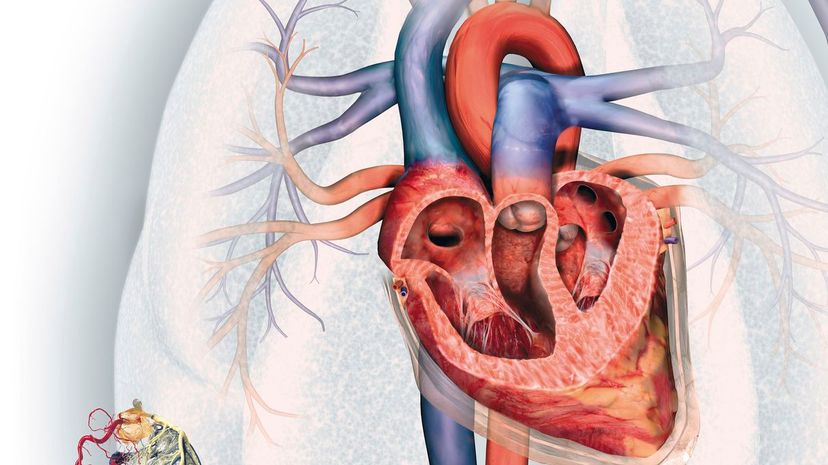
The aorta is the largest artery in the body. It begins in the heart, more particularly in the left ventricle. From there, it extends down into the abdomen, before splitting into two arteries that are smaller.
Advertisement
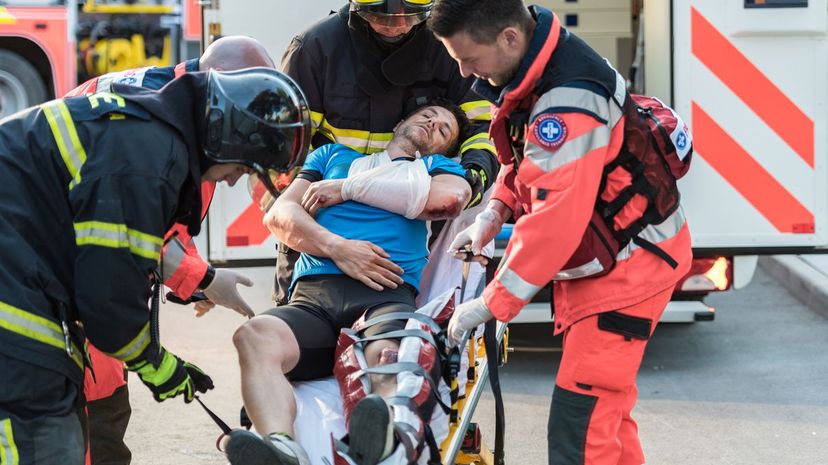
If someone snapped their ulna, they would have sustained an injury to their arm. In particular, the ulna is one of the bones that makes up our forearm, along with the radius. It also assists in forming the elbow joint.
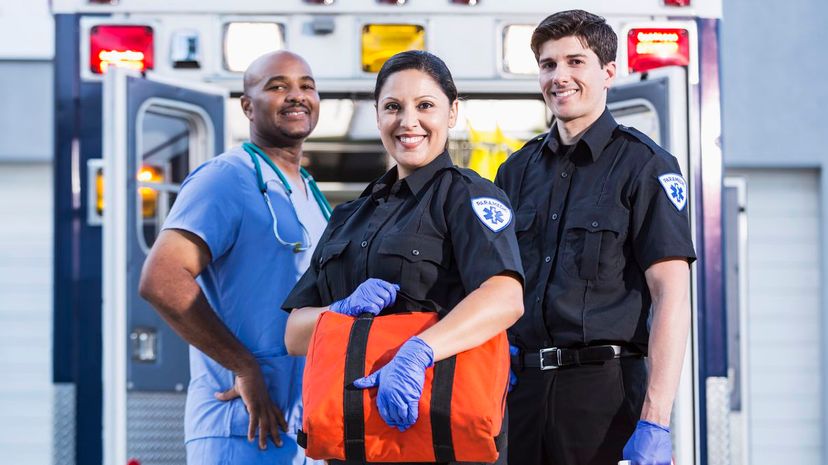
The EMT program began in the early 1970s as part of the "Alexandria Plan," The Alexandria Plan is when 24/7 and year-round emergency care was established in Alexandria, Virginia, and soon the idea spread elsewhere.
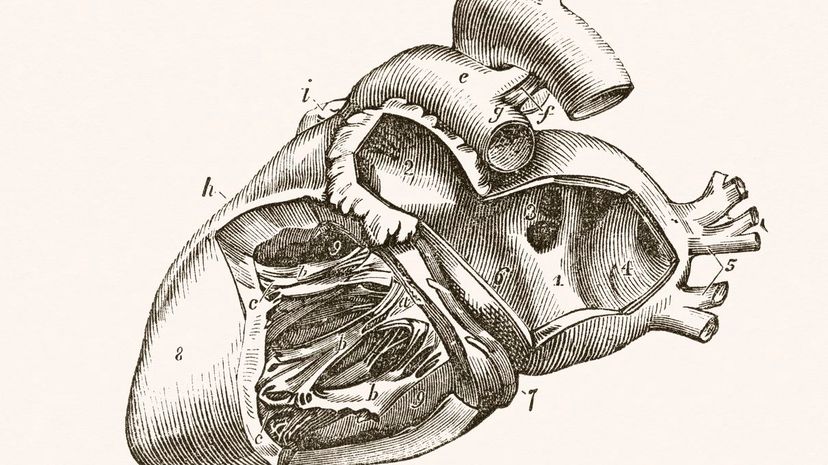
The heart is an incredibly complex part of our body, and the left atrium is no different. The left atrium is responsible for a number of things, most notably receiving oxygenated blood and pumping it to the left ventricle.
Advertisement
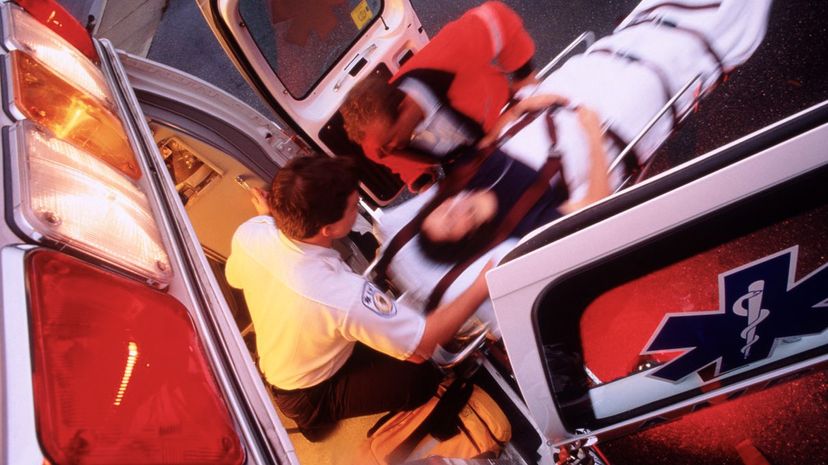
An avulsion is a type of injury where some part of the structure of our bodies is ripped or torn off. This can be anything from losing some skin, to losing all of your skin in an area, to potentially even losing a limb.
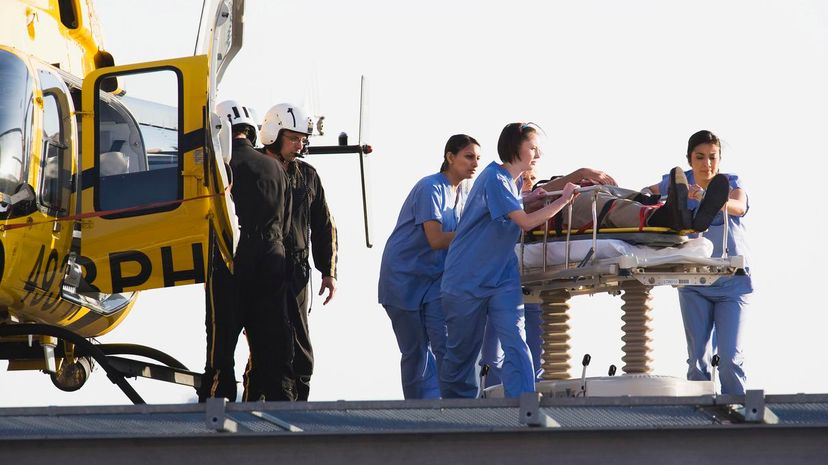
All bleeding can be bad and harmful, but arterial bleeding is the most potentially dangerous. This occurs when an artery is cut and could result in a ton of blood being lost. In some cases, blood might even spurt out of the wound.
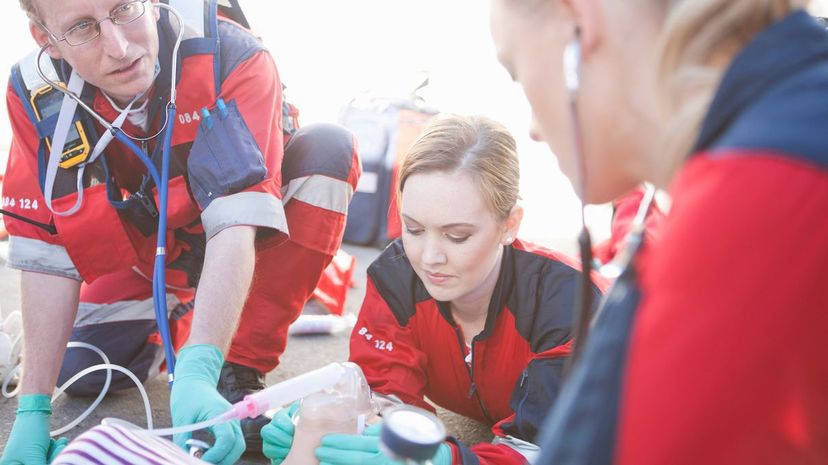
According to Data USA and census estimates, it is believed that around 35% of all EMTs in the USA are women. As a result, there are tens of thousands of women working as EMTs and paramedics across the country.
Advertisement

A normal breathing rate for a healthy adult is between 12 and 20 breaths a minute. Anything higher or lower than that could potentially be a cause for concern and should be investigated.
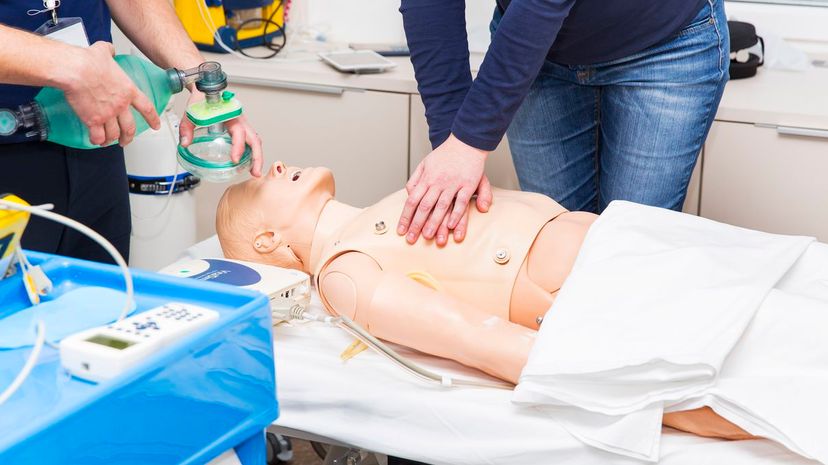
When doing CPR, it can be a life or death situation and thus, EMTs need to be able to do it correctly. The correct ratio for chest compressions and breaths is 30 compressions, followed by two breaths.
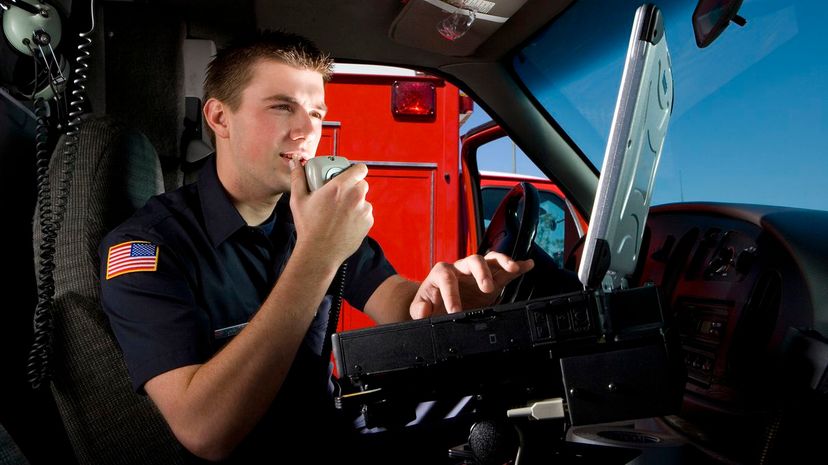
According to stats provided by the Bureau of Labor Statistics, there are just over 250,000 EMTs working in the USA. The job outlook is good in the profession, as well, as it is supposed to grow faster than average.
Advertisement
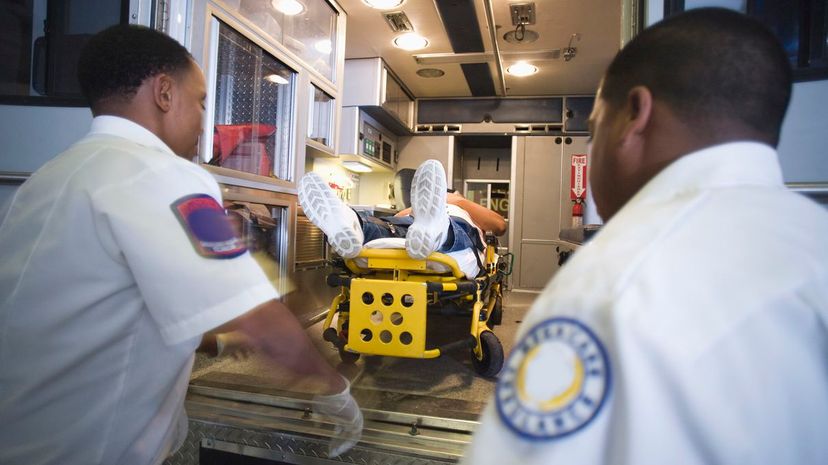
The NHTSA officially recognizes four separate levels of EMT. These are EMR (emergency medical responder), EMT (emergency medical technician), AEMT (advanced emergency medical technician) and paramedic.
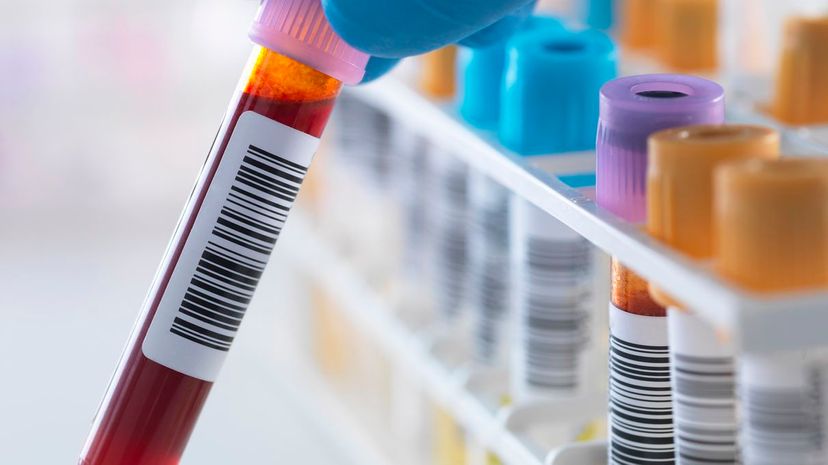
While the average amount of blood inside a person can vary a lot based on size, health, age and sex, the average person has around 1.2 to 1.5 gallons of blood circulating through their body at any given time.
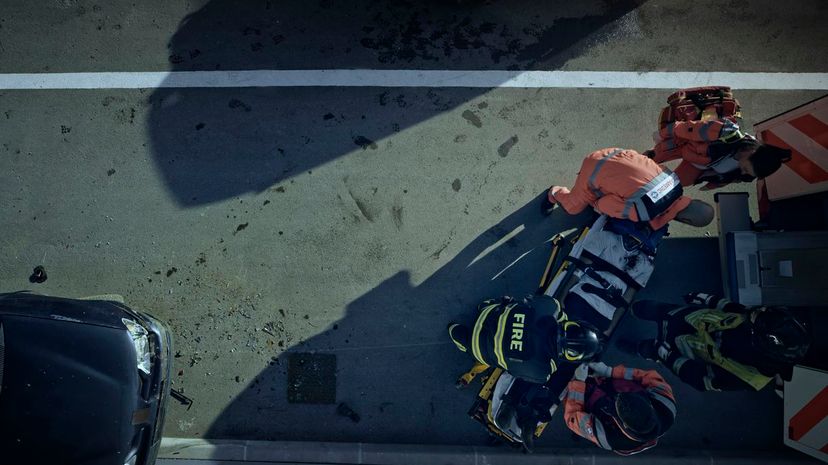
According to census data, the average age of an EMT and paramedic in the USA is 35.9. On average, men are about 36 and a half years old, while women are just over 34 and a half years old.
Advertisement

Out of all the different types of injuries often sustained during a blast or explosion, none have the potential to be as fatal or deadly as secondary injuries. These are injuries caused by shrapnel and other objects sent flying due to the blast.
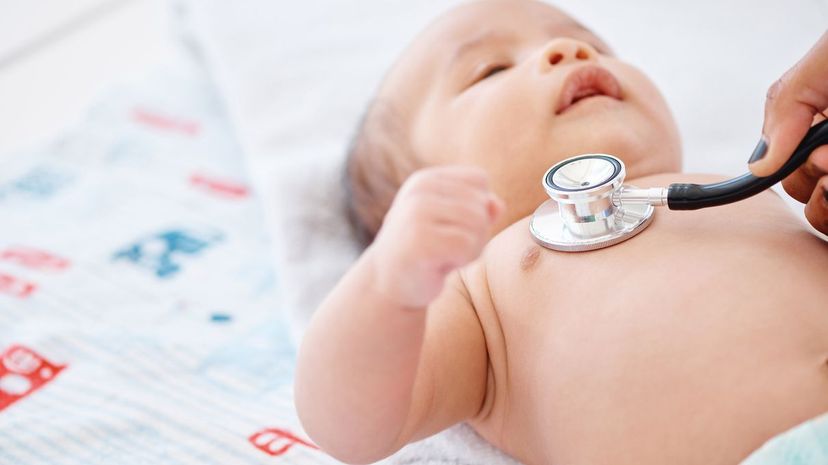
Despite what you may have expected, checking the elbow of an infant is the correct way to check their pulse. In particular, you will be checking the brachial artery of the child, which is located on the inner elbow.
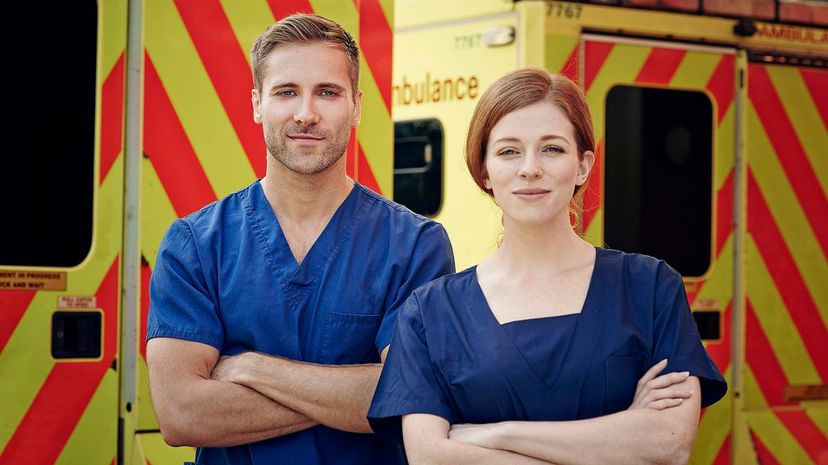
The first-ever ambulance service that was actually based out of a hospital in American history was back in 1865. It was based out of a hospital in Cincinnati that was called Commercial Hospital.
Advertisement
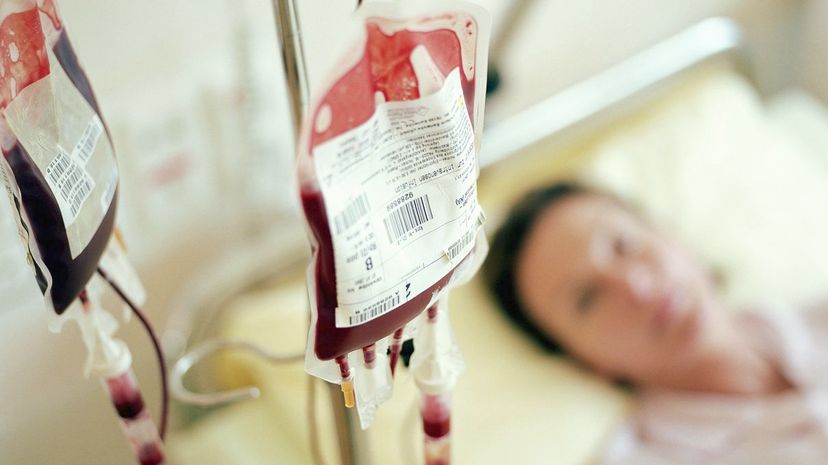
Shock is when there is too little blood flowing throughout the body. There are many different kinds of shock, but the most common is hypovolemic shock. It is caused by a low volume of blood circulating due to fluid loss or haemorrhage.
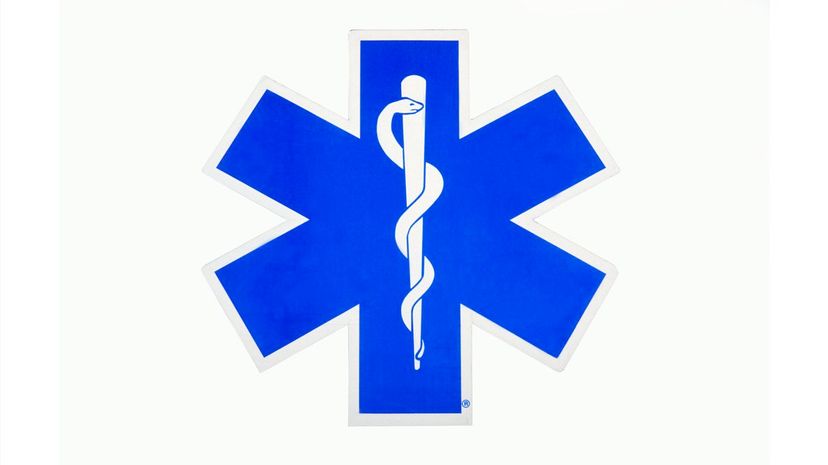
The Star of Life has been associated with the emergency medical field for decades all across the world. It is a blue star with six points, that features the Rod of Asclepius, which is a Greek symbol for healing.